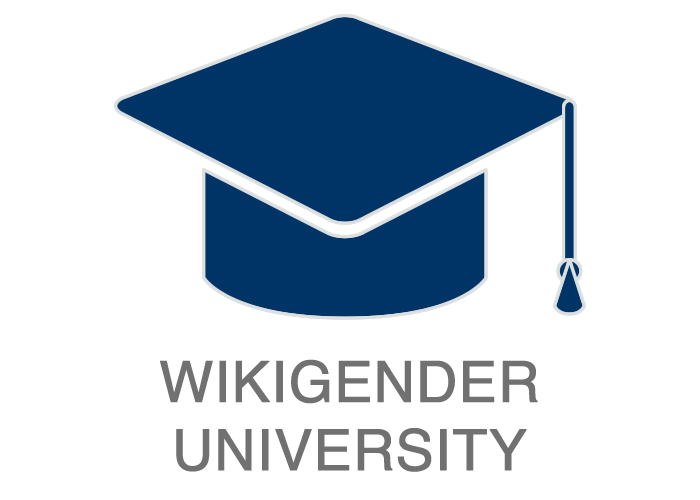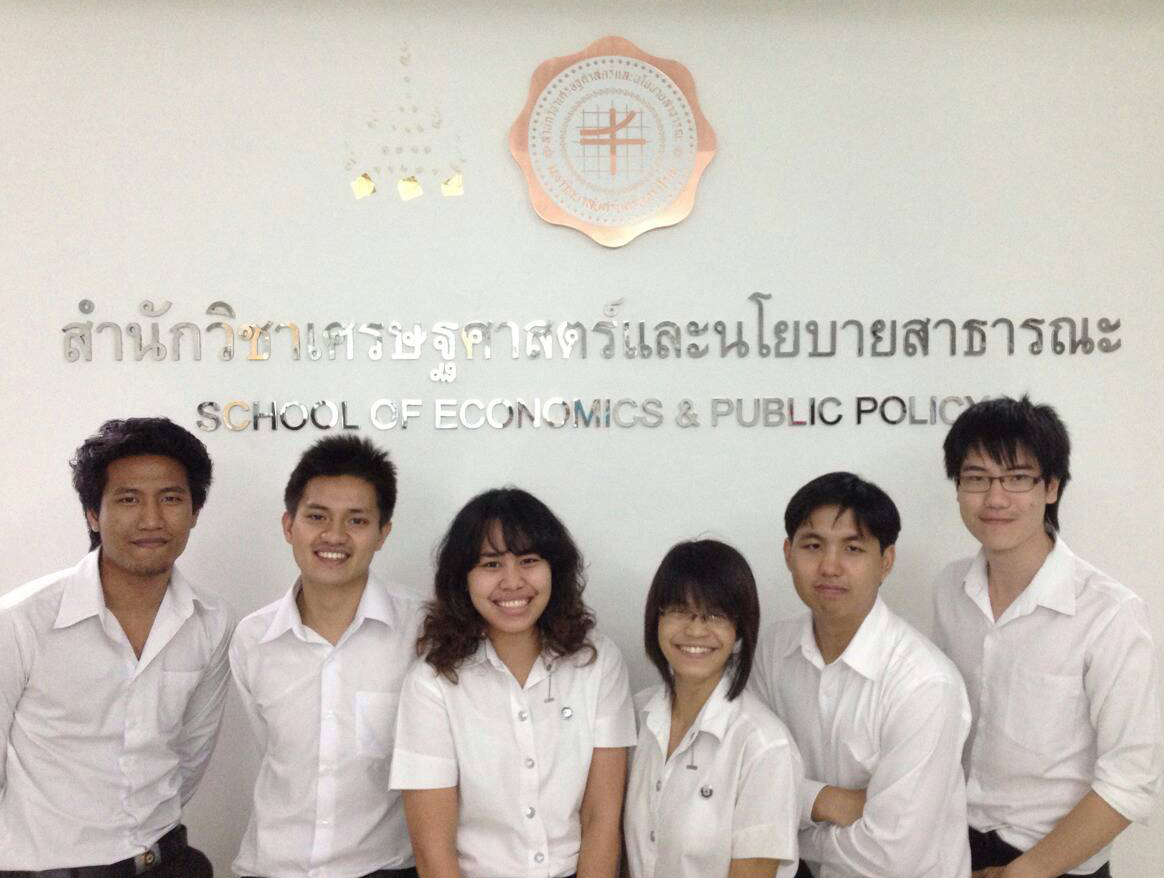Female Migration and Violence Against Women in Thailand

Table of Contents
- 1 Introduction
- 2 Discriminatory policies against migrant women
- 3 Trafficking: one of the worst forms of violence against women migrants
- 4 Consequences and costs of violence against women
- 5 International Organisation for Migration (IOM) Policy Objectives
- 6 Summary
- 7 See also
- 8 References
- 9 External links
- 10 Group 2
Introduction
Violence against women, both physical and psychological, is an issue of great concern in Thailand , and can be seen on the increase. The majority of victims are female migrant workers, as they are an extremely vulnerable group. This is due to their lack of legal status (through illegal emigration), inability to speak the local language and limited knowledge of their rights. This article will consider the worst form of violence against women, mainly trafficking, and the causes and consequences of this type of violence. In addition, the article will look at the International Organisation for Migration’s (IOM) policy objectives, as well as some discriminatory policies.Discriminatory policies against migrant women
Discriminatory policies against migrant women usually increase their vulnerability to violence. Forms of discrimination occur at several levels. Often, policies regulating entry to the labour market and access to public services result in de jure discrimination against migrant women, especially concerning their access to legal recourse, social security, housing, education, health care, employment and other socio-economic opportunities. Furthermore, they can experience a lack of security and protection from violence. This usually results in the systematic dis-empowerment of migrant women, which further increases their vulnerability to various forms of discrimination and violence.International Organization for Migration(IOM) Taking Action against Violence and discrimination Affecting Migrant women and girl Page 3 retrieve date July 26th 2013
Why do discriminatory policies occur?
- Governments lack a clear policy framework with regards to migrant workers.
- Governments lack effective enforcement mechanisms with regards to migration management.
- Governments lack adequate support services for migrants.
- Existing gap in equality of opportunity between men and women.
Migrants are discriminated against with regards to their access to legal recourse, social security, housing, education, health care, employment and other socio-economic opportunities.
Trafficking: one of the worst forms of violence against women migrants
Women’s trafficking is the trade in women; the purpose of the trafficking is sexual slavery, forced labour or for the extraction of organs or tissues including surrogacyWhat is Human Trafficking?
Sex trafficking includes forcing a migrant into a sexual act as a condition of allowing or providing the migration. Sexual trafficking uses physical or sexual coercion, abuse of power, deception and slavery incurred through forced debt. Trafficked women and children, for instance, are often promised work in the domestic industry or services. Instead, they are sometimes taken to brothels where they are used as sex workers, with their passports and other identification papers confiscated. They may be beaten or locked up and promised their freedom only after earning — through prostitution — their purchase price, as well as their travel and visa costs. They are exposed to severe forms of exploitation, including forced labour, sexual exploitation, begging, forced marriage and other practices similar to slavery. องค์ประกอบผู้ตกเป็นเหยื่อการค้ามนุษย์
The victims of sex trafficking are found in dire circumstances and easily targeted by traffickers. Individuals, circumstances and situations vulnerable to traffickers include homeless individuals, runaway teenagers, displaced homemakers, refugees, job seekers, tourists, kidnapped victims and drug addicts. While it might seem like trafficked people are the most vulnerable and powerless minorities in a region, victims are consistently exploited from any ethnic and social background.
Many migrants’ lack access to information about the legal channels to migrate for work purposes, which makes migrants victims who can easily fall into trafficking. Trafficked persons face a lot of violent situations, so they need specialised assistance and integration options, including access to medical services, psychosocial support, legal counseling, training and/or educational support.
Trafficking: one of the worst forms of violence against women migrants
Consequences and costs of violence against women
Violence against women directly affects their psychological and physical health. In Thailand in 2011, 11,533 Women had been victims of physical violence, 32,816 had been victims of violence for economic reasons and 2,413 with other types of violence. Violence was experienced mostly at home or in the courtyard (about 772,678 women in 2011). In addition, violence has negative effects on children who experience it.Table 6, Number of Population who got physical Violence by sex ;2011,National Statistical office, Ministry of Information and Communication Technology, Thailand
Physical health problems
Homicide and injuries are the most common physical manifestations of violence against women. Direct violence against migrant women usually takes the form of sexual violence (e.g. rape) and beatings. Children can also experience violence while trying to defend their mother. Further complications such as unwanted pregnancies and diseases (e.g. HIV/AIDS/AIDS) have large social ramifications. In general, compared to non-abused women, women who have suffered from violence are more likely to contract diseases. Many women, especially young girls, may be driven to illegal abortions in order to avoid social stigmatization. If a woman decides to keep the child, she may develop an inferiority complex such as Silent, Drear ,Think or do repeatedly , aggressive or Draw Attention, lead to Anti-Social and social problems Violence against women: Health Consequences, July 1997, Physical Consequences,WHO
Psychological Problems
Mental health problems are very common consequences of violence against women. Attempts to escape from violence can include depression, anxiety and in extreme cases suicide. There are also incidences of nightmares and insomnia which can lead to alcohol or drug dependencies. Rape and childhood sexual abuse may cause similar psychological problems, the victims effect and influence by that experience, such as decreased self-esteem and violent behaviours.
Violence against women: Health Consequences, July 1997,Psychological Consequences ,WHO
Social Problems and Social Cost
Both the psychological and physical problems described above need expensive and complex treatments. Other direct costs include law enforcement and legal services. The government needs to ensure sufficient medical care, police officers and space in prisons. Furthermore, this has an impact on the economy in terms of productivity and employment. Victims have to reduce their contribution to work due to violence, e.g. they need to go to the hospital or to the clinic to get treatment. Students who are survivors of sexual abuse by teachers may want to stay away from school, leading to the result of a decreased chance to finish their education and get a better life.
Violence against women: Health Consequences, July 1997 ,Impact on Social, WHO
International Organisation for Migration (IOM) Policy Objectives
The IOM strives to protect women migrants from discrimination and violence by:
- Promoting the formulation of multifaceted and evidence-based responses to gender-based violence and discrimination against migrant women that go beyond the symptoms and address the underlying factors.
- Providing services and direct assistance to migrant girls and women victims of violence.
- Implementing community human rights education and empowerment programs to help migrant women better know their rights and be empowered to demand and exercise them, as well as ensure community leadership in combating violence against women.
- Promoting safe and legal migration and policies that regulate sectors in which women migrant workers are employed.
- A comprehensive approach to human trafficking that includes: prevention of the phenomena, prosecution of the offenders, and protection of the victims.
- Supporting governments in adapting their legislation in order to include the protection of migrant women in their strategies to combat violence against women.
- Capacitating policymakers to ensure that migration-related policies do not perpetuate or exacerbate causes of violence against migrant women.
- Designing and implementing training and support programmes for the police, prosecutors and judges, health and social services providers, labour attachés, etc. to ensure that migrant women have access to justice, redress and assistance and that perpetrators of violence against migrant women do not enjoy impunity.
- Including violence against women as a key issue in international migration policy discussions and promoting the creation of an enabling and engendered environment for migrant women and men.
- Strengthening partnerships, cooperation and collaborations among organisations, governments and other stakeholders taking action against violence and discrimination affecting migrant women, in order to maximise synergies, experiences and expertise as well as make effective use of resources and capacities.
- Strengthening the knowledge base on all forms of violence against women through data collection, research and dissemination of good practices to inform policy and strategy development.International Organization for Migration(IOM) Taking Action against Violence and discrimination Affecting Migrant women and girl Page 5 retrieve date July 26th 2013
Summary
Violence is very present in the lives of many migrant women throughout the world. Gender inequality is an important cause of vulnerability to violence and discrimination and is very difficult to solve due to regulatory policies. Migrant women still experience lack of security and protection from violence. The result of discriminatory policies is usually the systematic disempowerment of migrant women, which further increases their vulnerability to various forms of discrimination and violence. There are many forms of violence and discrimination. Trafficking is one of the worst. A lack of access to information about legal options can be the cause of trafficking. It makes it easier to trafficking victims, who then face violence in many forms, e.g. sexual abuse, forced labour, etc. They need access to help in the form of medical services and psychosocial support. The victims often hesitate to report crimes, as they fear stigmatisation or societal condemnation.
Violence against migrant women often results in social costs that are difficult to measure, such as human pain and suffering. It is necessary to design support services to inspire enough confidence so as to reach those women in need, and IOM plays an important role in this as it is committed to the principle that humane and orderly migration benefits migrants and the whole society.
See also
- Violence against women
References
External links
Please add here any links outside Wikigender that might be of interest to the reader of your article.
Group 2
From left to right: Mr. Tanakorn Chaianekwut, Mr. Jirayut Songkrampoo, Miss Chulalak Kongsook, Miss Preeyaporn Eakthanyawong, Mr. Burakarn Tippayasakulcahi, Mr. Supanut Sawetarpa



